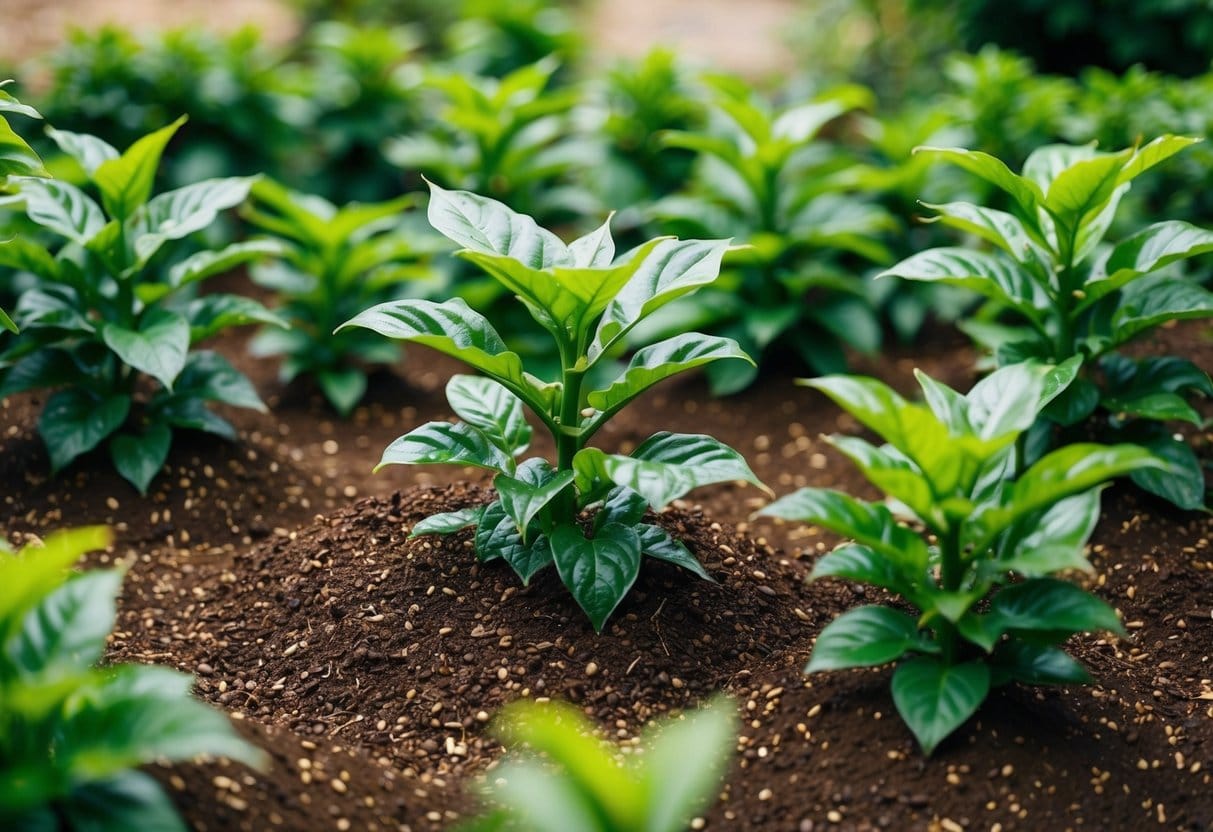Many people enjoy coffee. It turns out that certain plants thrive on used coffee grounds. These grounds are not only acidic, but they are also full of nitrogen, which can help plants grow strong and healthy.
While some may discard their coffee waste, others are discovering ways to use it to enhance garden productivity.
In this article, readers will explore various plants that benefit from coffee grounds and learn how to integrate this coffee byproduct into their gardening routine. With the right knowledge, anyone can turn their leftover grounds into a valuable resource for plant care.
Key Takeaways
- Many plants benefit greatly from the addition of coffee grounds to their soil.
- Coffee grounds can improve soil quality and promote healthy growth.
- Proper methods for using coffee grounds can maximize their benefits in gardening.
17 – Tomatoes
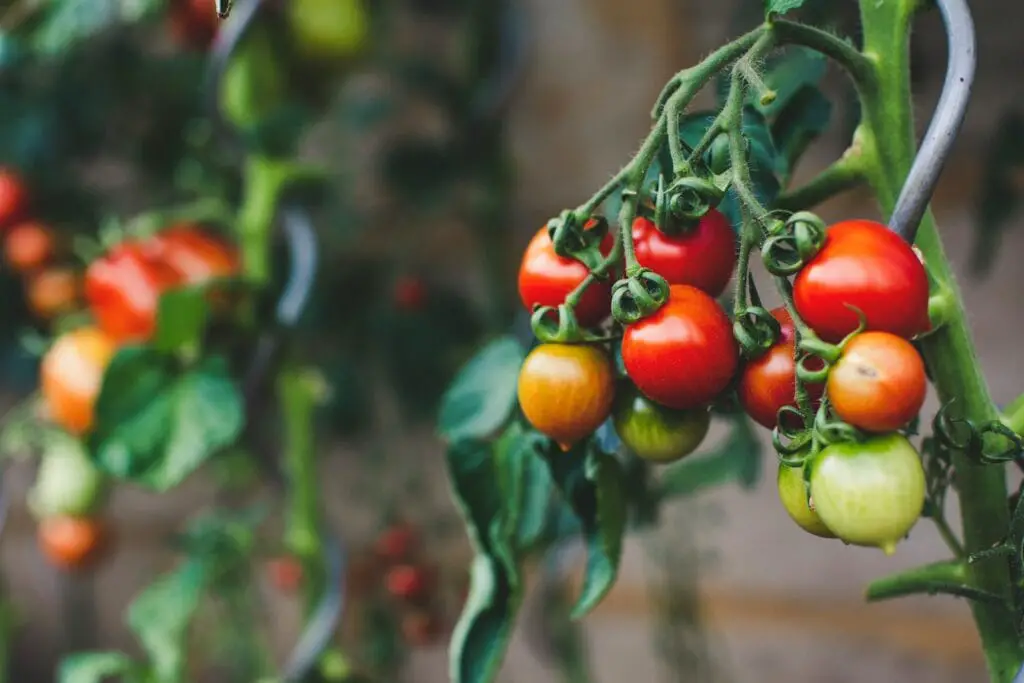
Tomatoes are a favorite among gardeners. Using coffee grounds can give tomatoes a nitrogen boost, which supports lush leaf growth and enhances fruit production. Additionally, tomatoes thrive in slightly acidic soil. Coffee grounds help to adjust the soil pH, creating ideal conditions for these delicious fruits.
16 – Garlic
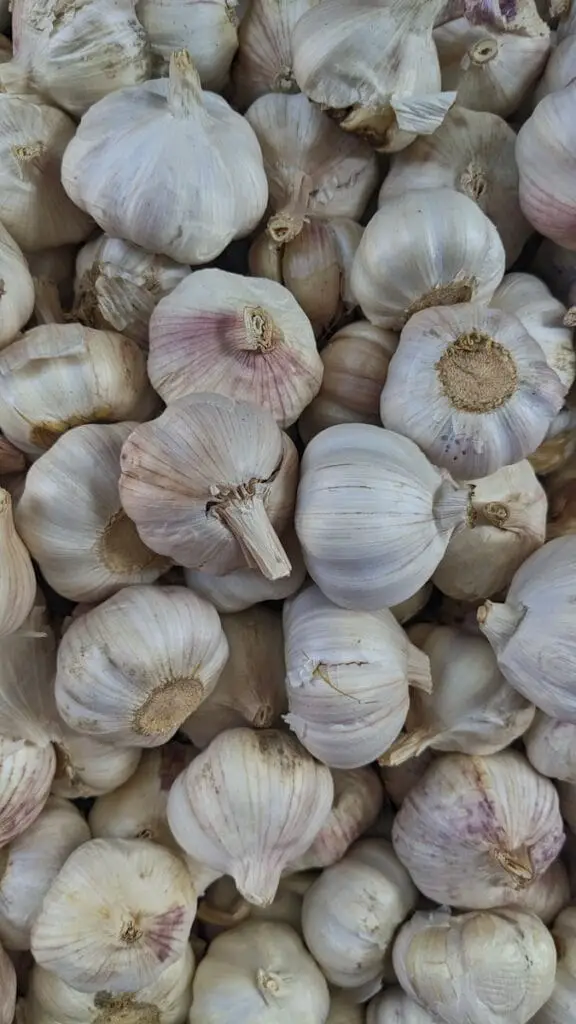
Garlic is another beloved vegetable that benefits from coffee grounds. Adding them to garlic beds improves the soil’s fertility and structure. The slow release of nitrogen from the grounds also aids in developing healthier bulbs, leading to more abundant harvests.
15 – Onions
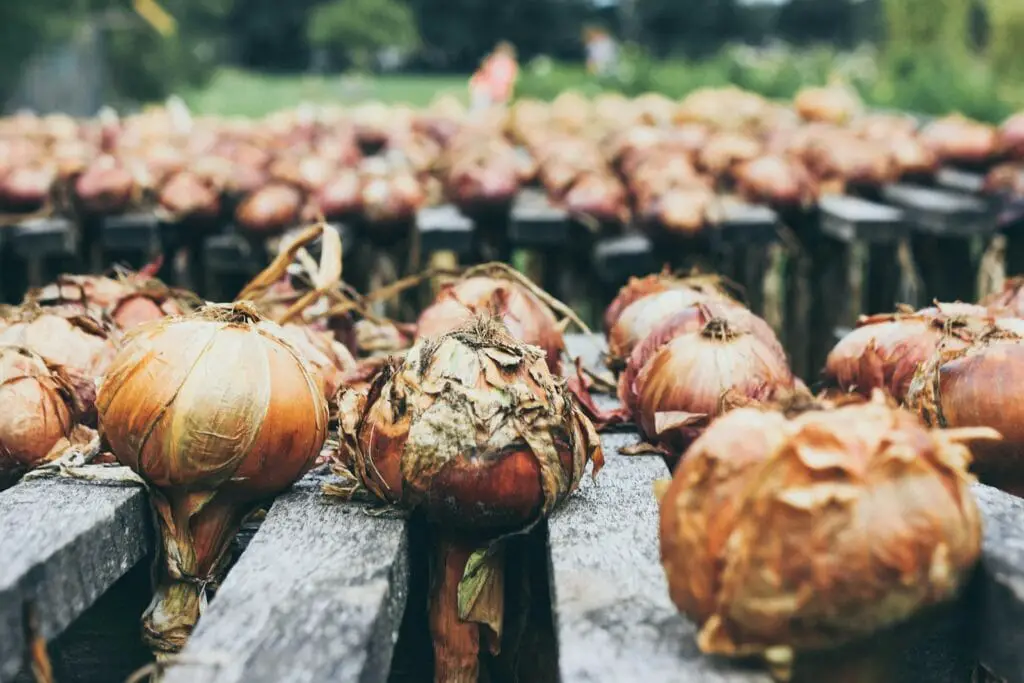
Onions also thrive with the help of coffee grounds. These grounds help break down compacted soil, allowing for smoother root growth. They can be used as mulch around onion plants to retain moisture and keep the soil from becoming waterlogged.
14 – Cucumbers
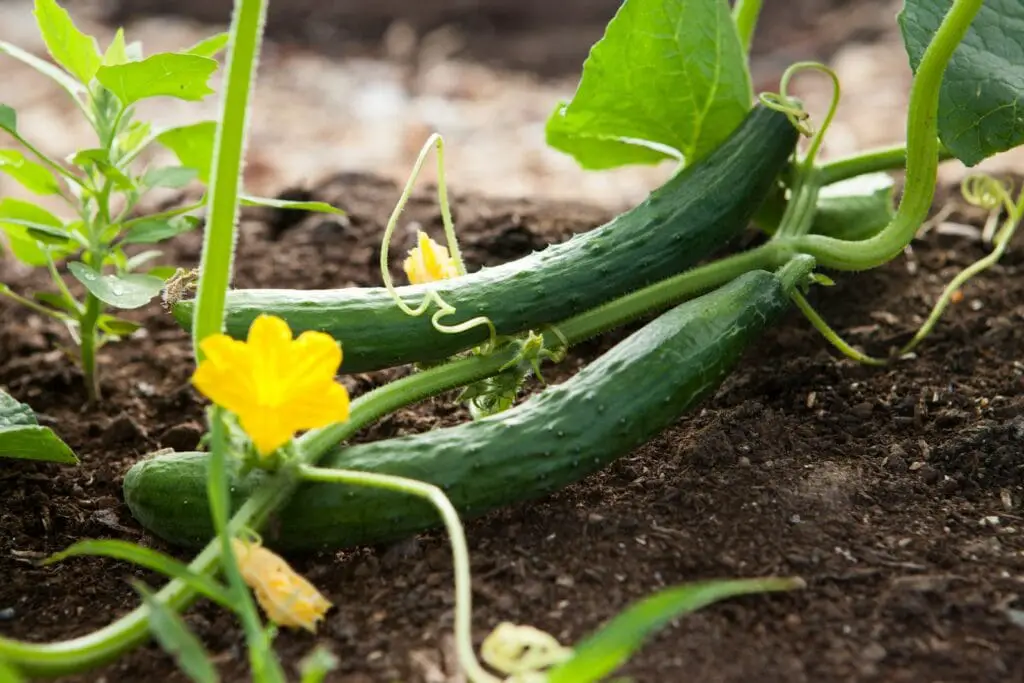
Cucumbers appreciate coffee grounds for their ability to support soil structure and moisture retention. The gradual nitrogen release from the grounds helps cucumber roots develop more fully, promoting greater fruit yield and healthier plants.
13 – Basil
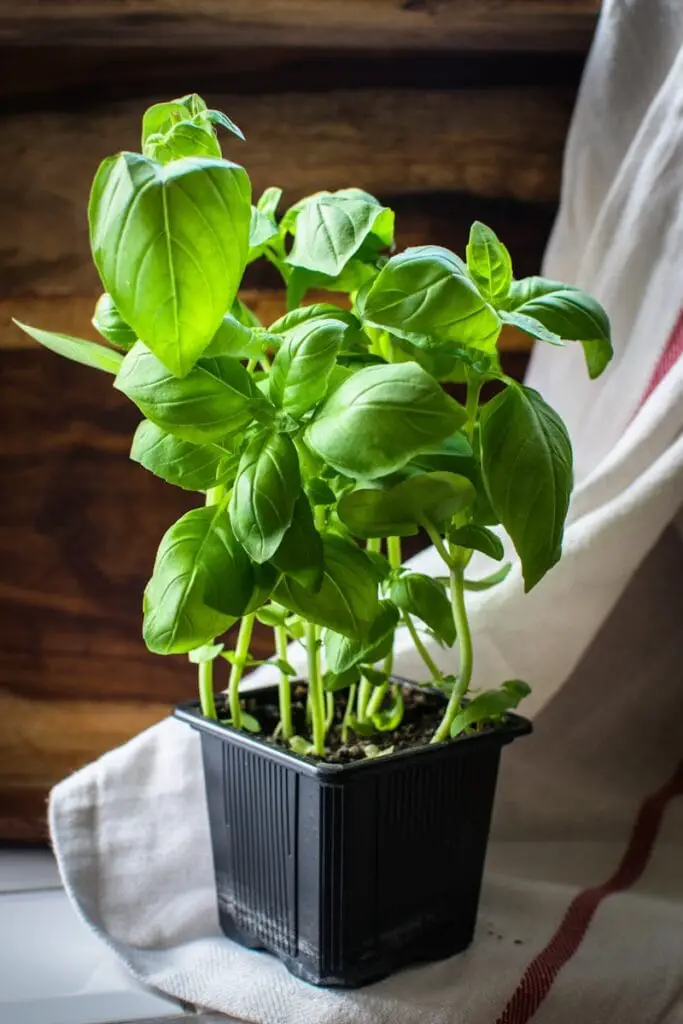
Basil is a fragrant herb that responds well to coffee grounds. The added nitrogen levels foster vigorous leaf growth, making basil bushes lush and healthy. Coffee grounds also help improve the soil’s overall structure, allowing this herb to flourish.
12 – Rosemary
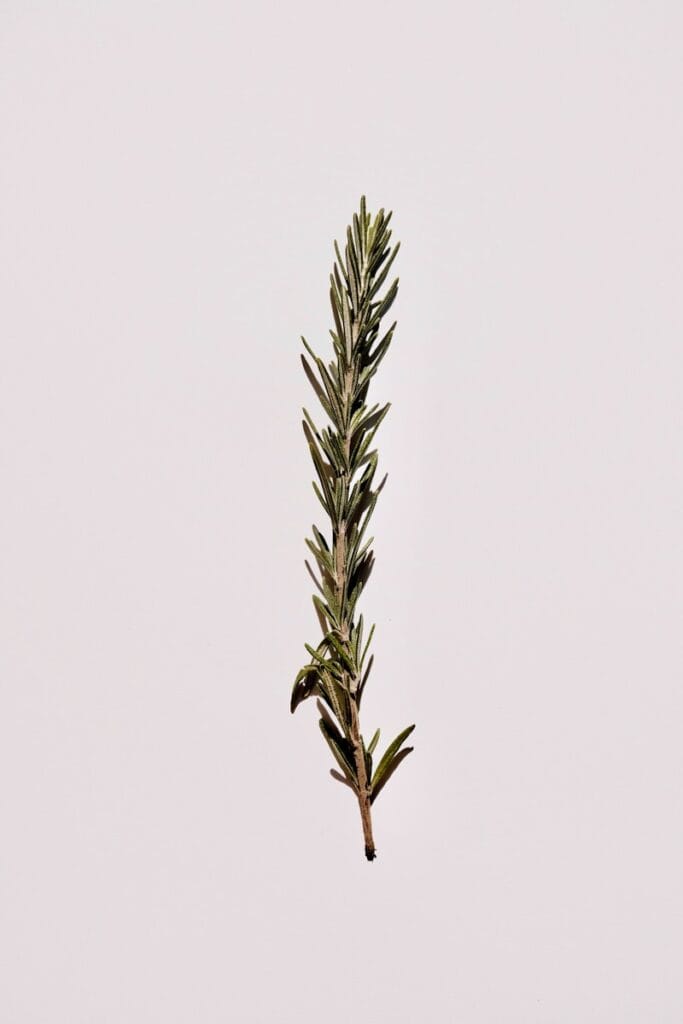
This aromatic herb, often associated with winter dishes, grows better with coffee grounds. The grounds help maintain the necessary acidity in the soil, promoting a stronger root system for rosemary plants, allowing them to thrive year-round.
11 – Mint
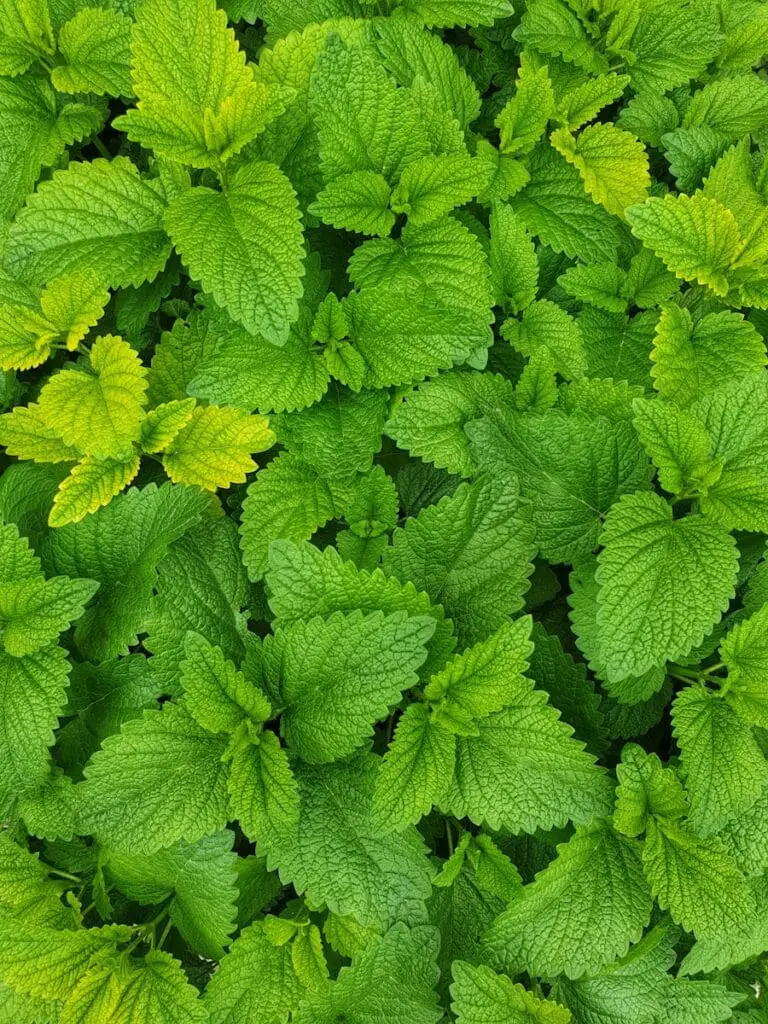
Mint thrives best in well-aerated soil, and coffee grounds can help achieve this. They improve soil structure, allowing for better drainage and preventing root rot. If the soil feels too dry, mixing in coffee grounds can help retain moisture for mint plants.
10 – Blueberries
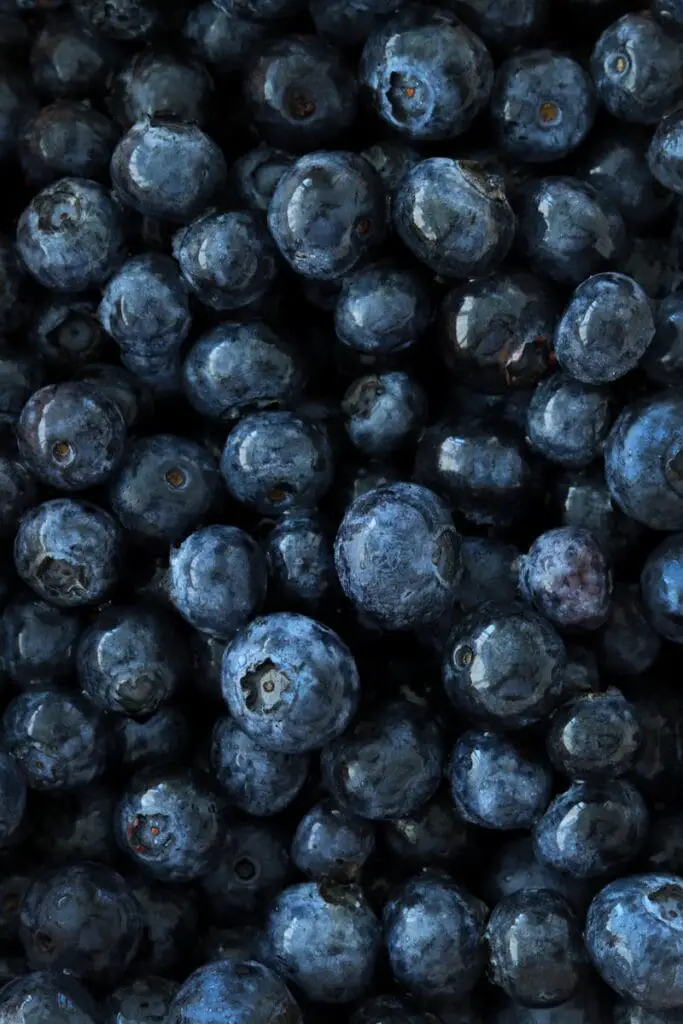
Blueberries are known to flourish in acidic environments. Coffee grounds make the soil more acidic, which benefits the growth of blueberry plants. Additionally, they improve soil structure, making it easier for blueberry bushes to establish themselves and thrive. Using coffee grounds as mulch can also keep weeds at bay.
9 – Strawberries
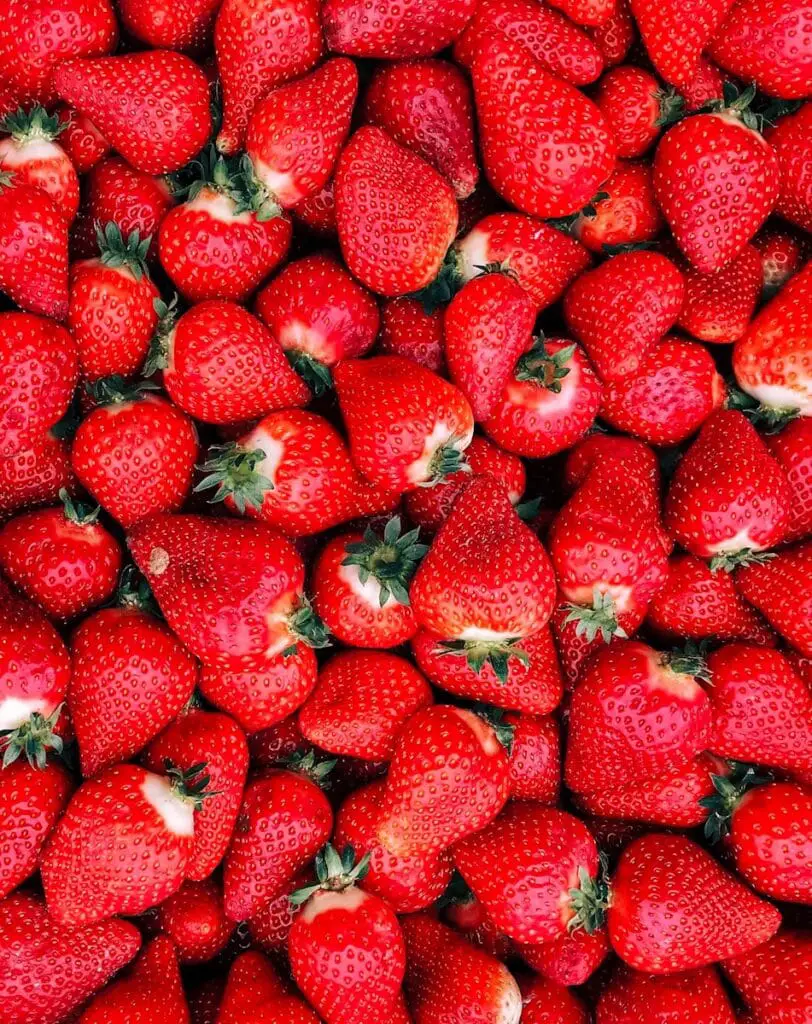
Like blueberries, strawberries thrive in acidic soil. Coffee grounds help lower soil pH while nourishing the ground. The boost in nitrogen translates to improved fruit production, ensuring a delightful harvest of sweet strawberries.
8 – Pumpkins

Pumpkins enjoy the nutrients that coffee grounds provide. The addition of these grounds enriches the soil with nitrogen, fostering better vine growth and fruit development. They also help maintain soil aeration and moisture, reducing the likelihood of root issues.
7 – Squash
Various types of squash benefit significantly from coffee grounds, which promote better soil fertility and structure. They aid in water retention and root development. This improvement in soil texture plays a crucial role in the overall growth of squash plants.
6 – Peppers
For pepper enthusiasts, coffee grounds can be a game changer. Adding them to the soil enhances nutrient richness and promotes better aeration. This leads to stronger pepper plants that produce more fruit in a shorter time.
5 – Roses
Roses are notorious for needing special care, but they can also thrive with the help of coffee grounds. The slow-releasing nitrogen encourages healthier foliage and vibrant blooms. Gardeners may notice a remarkable improvement in the health of their rose plants with this simple addition.
4 – Hydrangeas
Hydrangeas are another flowering plant that thrive with coffee grounds. These grounds help maintain the ideal soil acidity while providing essential nutrients like nitrogen and trace minerals. Improved soil structure can lead to healthier blooms that are more colorful and vibrant.
3 – Gardenias
Gardenias are known for their stunning flowers, which bloom best in slightly acidic soil. Coffee grounds help achieve this pH balance while providing a nutrient boost that enhances growth. As a result, gardenias can produce beautifully rich, pearl-like blooms.

2 – Fuchsias
Fuchsias flourish in slightly acidic settings, making coffee grounds an excellent addition. The nitrogen enhances growth and flowering, giving gardens a vibrant pop of color. The organic matter from the grounds also helps improve the nutrient density of the soil.
1 – Hostas
While hostas do not strictly need acidic soil, they can still benefit from the addition of coffee grounds. The improved soil texture aids in nutrient absorption and promotes healthier foliage. This can lead to lusher blooms and an overall more vibrant appearance in hosta plants.
How Coffee Grounds Help Plants

Coffee grounds are a valuable addition to gardens due to their rich nutrient content, particularly nitrogen. This nitrogen-rich material enhances soil structure and supports plant growth by promoting strong root systems and healthy foliage.
As a compost ingredient, coffee grounds also aid in balancing moisture levels in the compost pile. Furthermore, they can be utilized as a targeted soil amendment, benefiting soil microbes and improving overall soil health.
Safe Ways to Use Coffee Grounds
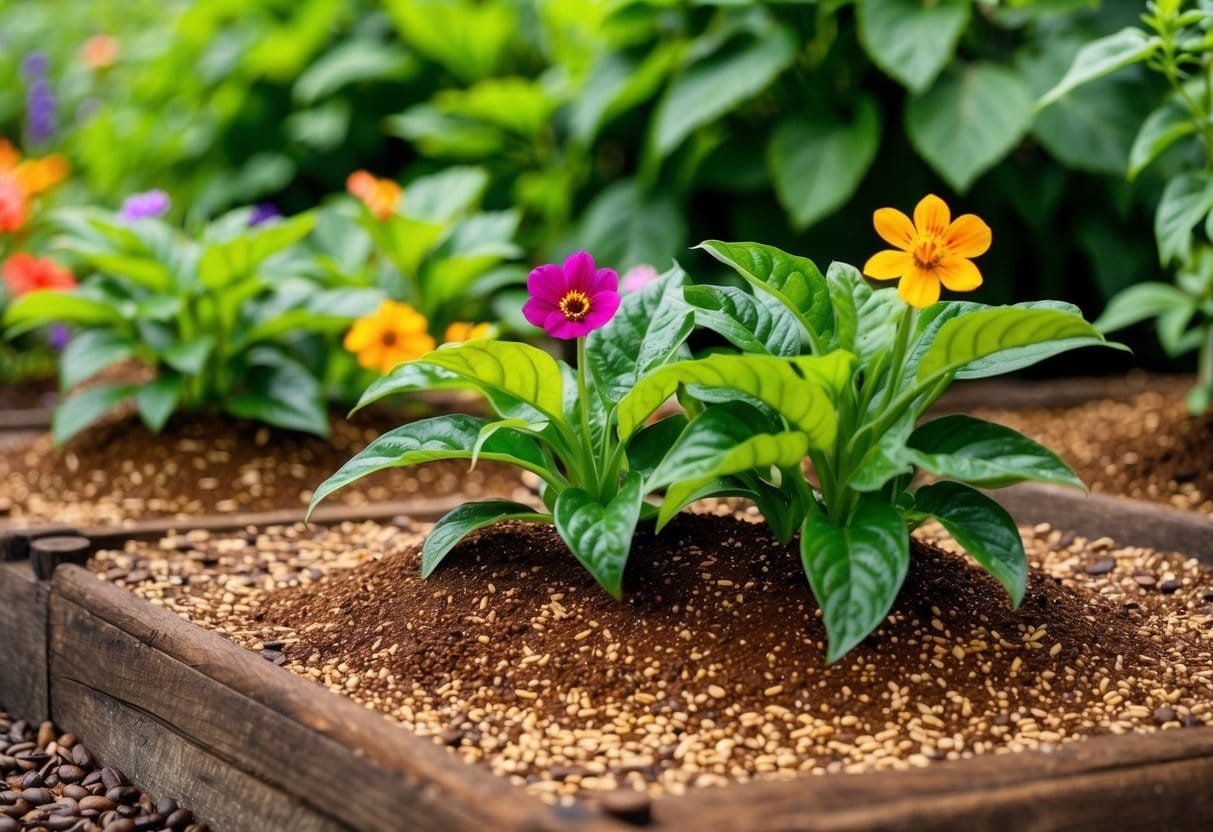
Using coffee grounds can benefit gardens when done carefully. To ensure the best results, moderation is key. Here are some important guidelines:
- Limit Amounts: Excess coffee grounds can make soil too acidic, affecting plant health.
- Layering: Avoid creating thick layers of grounds, as this can block water from reaching plant roots.
- Balance: Combine used coffee grounds with carbon-rich materials for healthier soil.
By following these tips, coffee grounds can be a useful addition to any gardening routine.
How To Check Soil Acidity
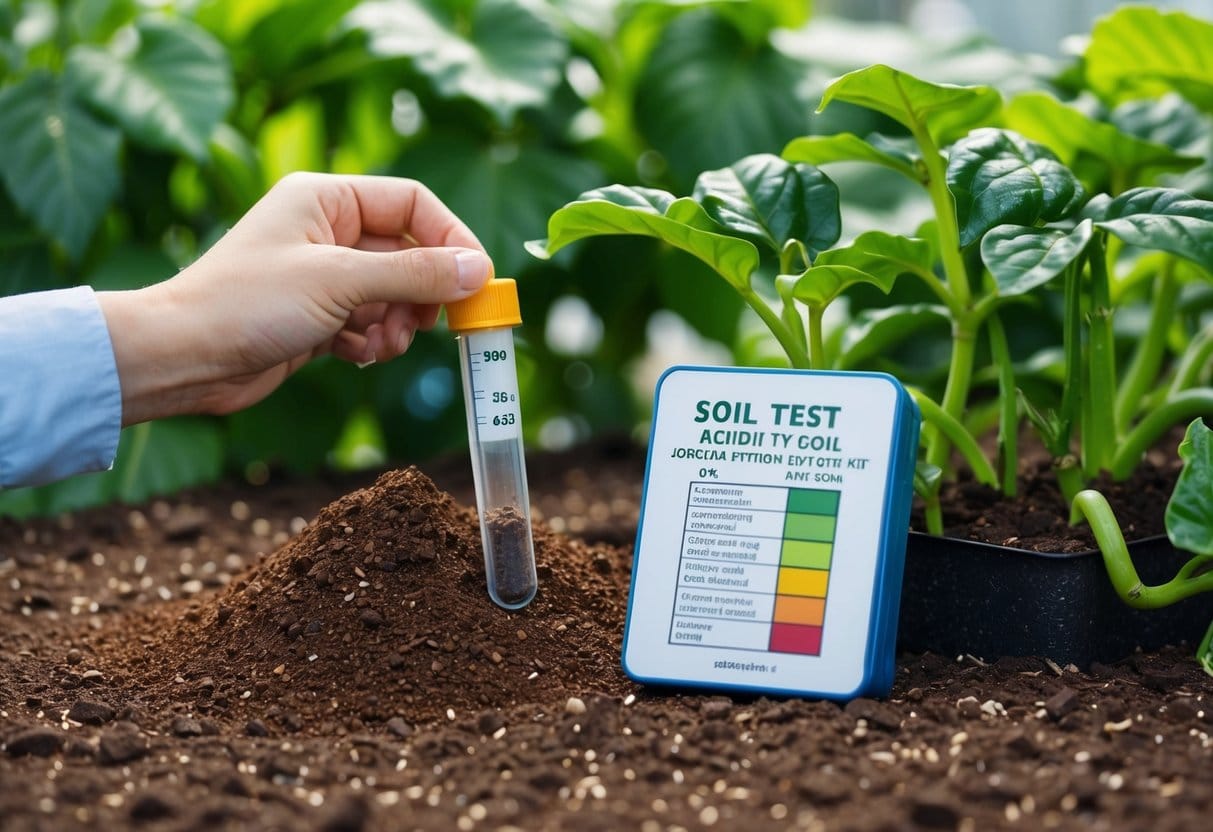
To accurately check for acidic soil, a soil pH test kit is essential and readily available at gardening stores or online.
- Collect Samples: Gather soil from various spots in the garden to ensure a comprehensive assessment.
- Test Method: Mix the soil with water and a testing solution or use a digital pH meter.
- Evaluate Results: Compare the resulting color change or digital reading against a pH scale to assess the soil’s acidity.
Understanding the pH level is crucial, especially for plants like hydrangeas, which thrive in specific soil conditions. Knowing whether the soil is acidic can greatly influence gardening success.
Frequently Asked Questions
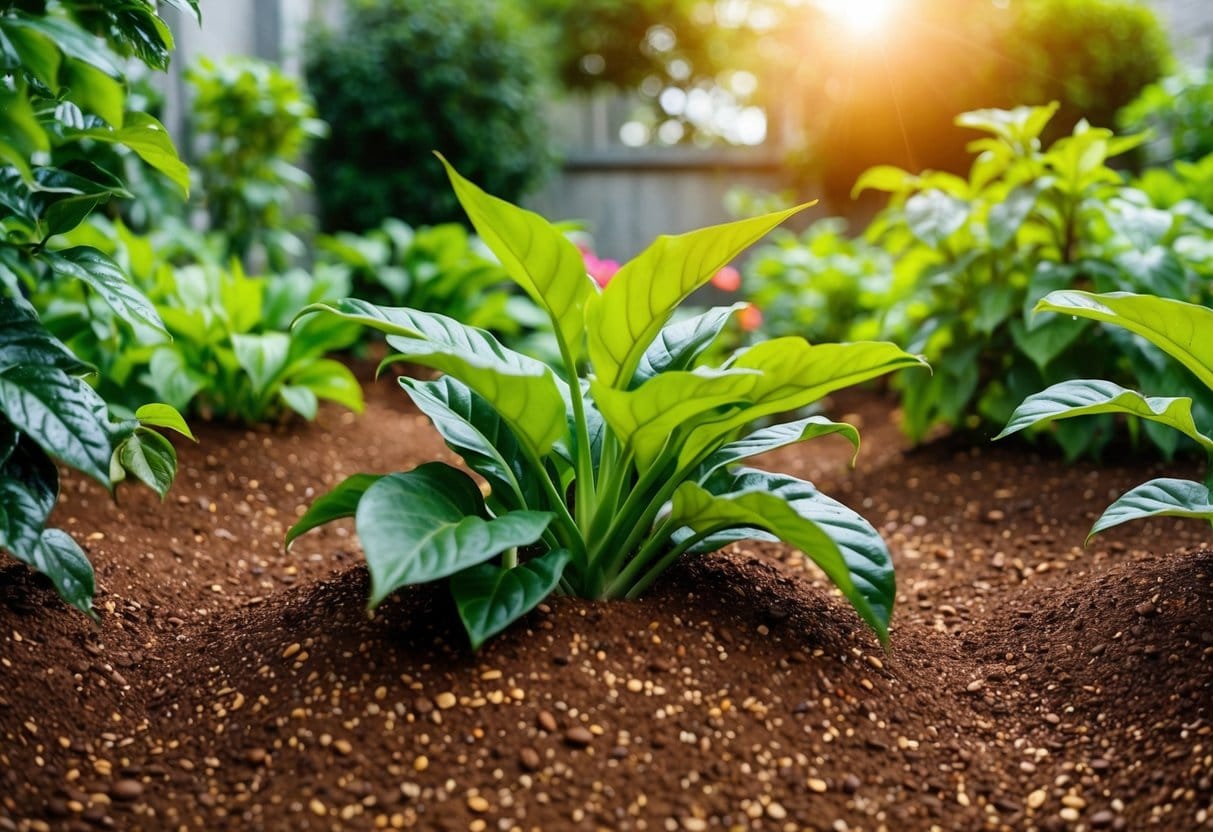
Which indoor plants benefit from coffee grounds in their soil?
Certain indoor plants thrive from the addition of coffee grounds. Some examples include:
- African violets: They appreciate a slightly acidic environment.
- Spider plants: These can gain additional nutrients.
- Pothos: Coffee grounds may enhance their growth.
Are there outdoor plants that show notable improvement from coffee grounds?
Yes, many outdoor plants benefit from coffee grounds. Some of these include:
- Roses: They prefer acidic soil and can flourish with coffee grounds.
- Blueberries: These are well-known for thriving in an acidic environment.
- Hydrangeas: They can change color based on soil acidity, which coffee grounds can influence.
What perennial plants thrive when coffee grounds are added to their soil?
Several perennial species perform well with coffee grounds, including:
- Azaleas: They enjoy the boost in acidity.
- Ferns: These can benefit from the added organic matter.
- Daylilies: They may grow more vigorously when coffee grounds are used.
Which plants should stay away from coffee grounds?
Some plants do not respond well to coffee grounds. It’s best to avoid using them with:
- Asparagus: It prefers more alkaline soil.
- Certain herbs, like rosemary and sage: These can be sensitive to acidity.
How do coffee grounds and eggshells work together for plant growth?
When combined, coffee grounds and eggshells can enhance plant growth.
Coffee grounds provide nitrogen, while crushed eggshells add calcium.
This combination supports overall plant health and can improve soil structure.
Is it good to use coffee grounds in vegetable gardens, and which vegetables benefit?
Coffee grounds can be helpful in vegetable gardens. Some vegetables that thrive include:
- Carrots: They enjoy the nutrient boost.
- Radishes: Coffee grounds can help improve growth rates.
- Tomatoes: They appreciate increased acidity, helping to enhance flavor.

